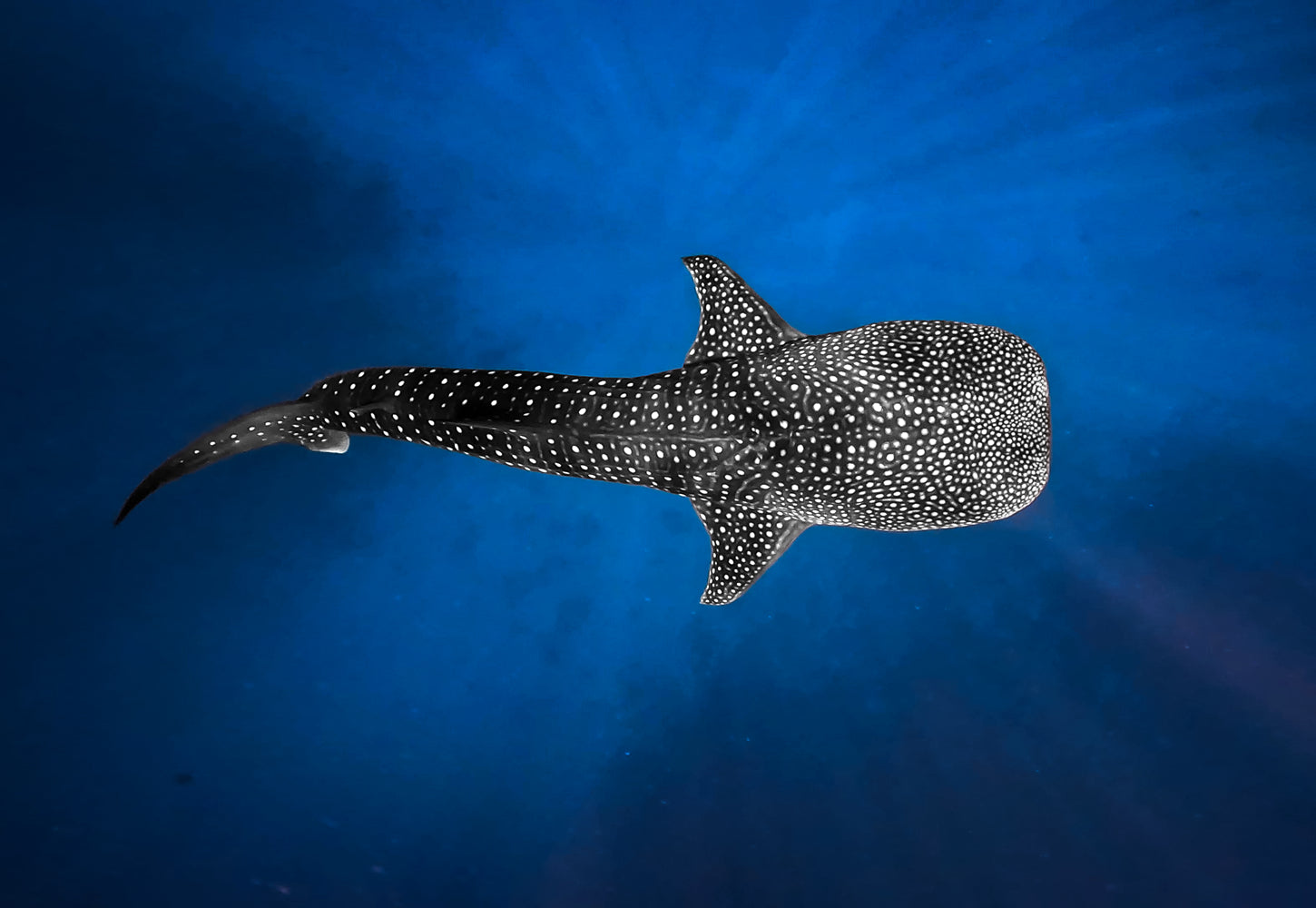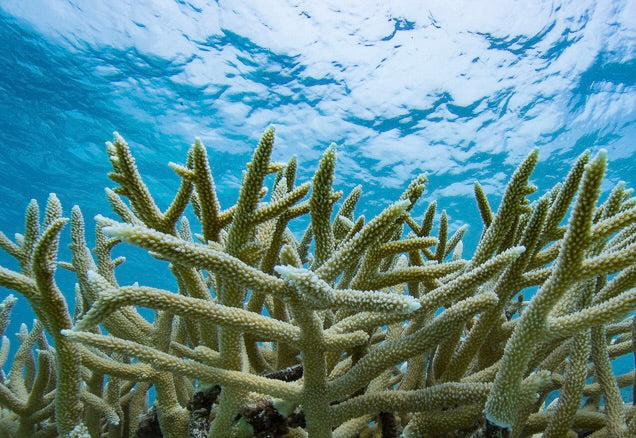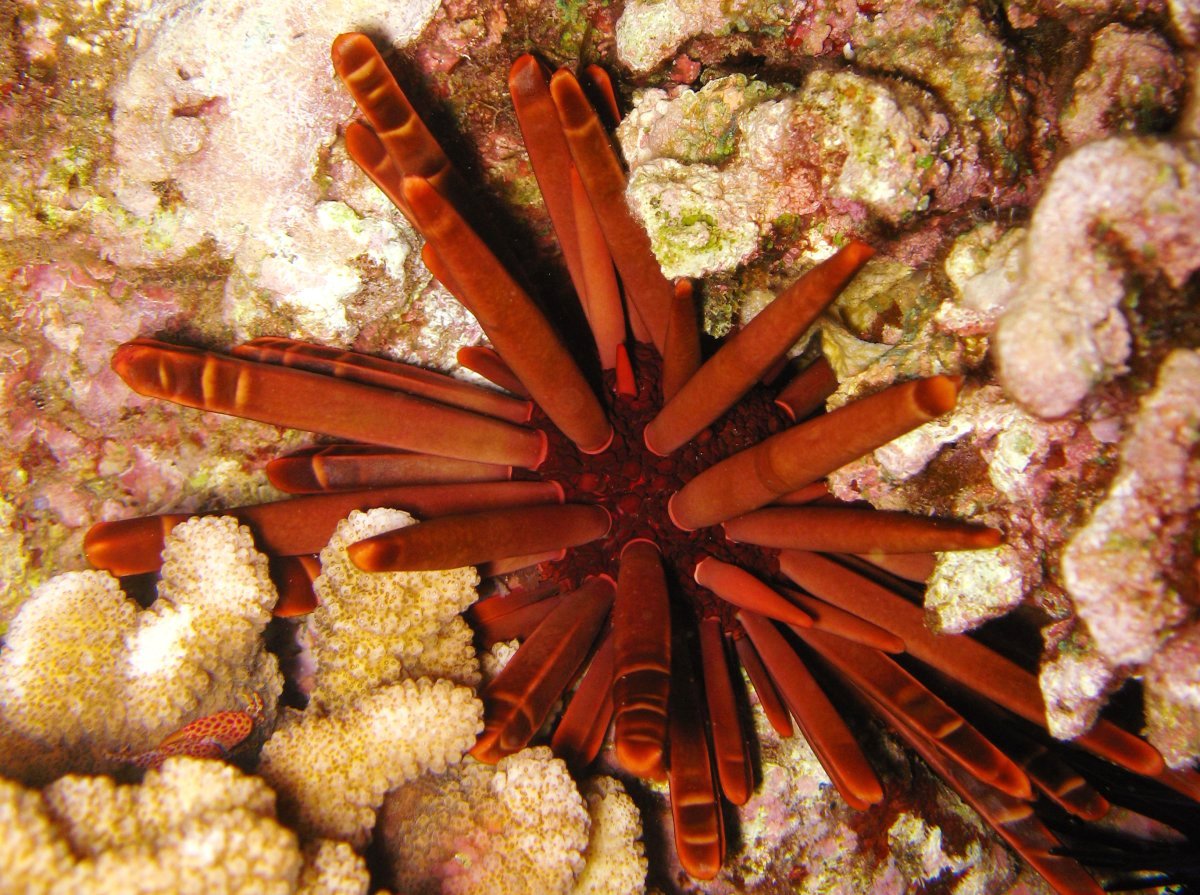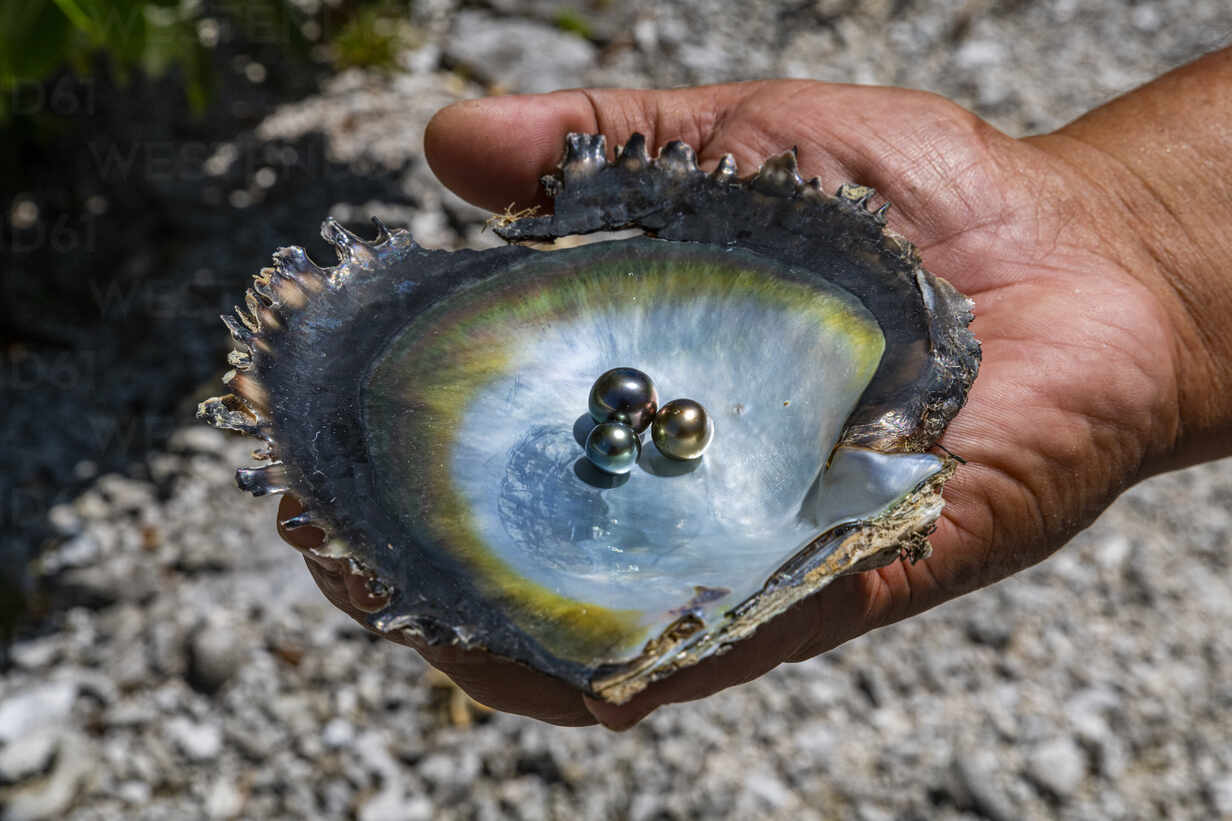Featured species & Conservation Status
All the species depicted in our prints and stickers, and those used in our jewelry play an important role in marine ecosystems. Learn more about the species we steward! To aid in conservation and/or recovery of these species, some are listed under the Endangered Species Act (ESA), some are listed under International Union for Conservation of Nature (IUCN), and some are under neither. The major difference between the the ESA and IUCN is that ESA is legally binding federal law under the United States, established to protect threatened and endangered species. The IUCN is a global conservation initiative that provides information and advisory conservation support. It is NOT legally binding but aims to spread awareness and information.
More coming soon!
Not all our featured species are on our website yet but we are working on it!

Whale Shark
Rhincodon typus
The whale shark is the largest living fish, found in tropical and warm-temperate oceans worldwide. They feed on plankton, small fish, and other microscopic marine organisms. Whale sharks are migratory and travel vast distances, often congregating in areas of high food availability. Whale sharks face significant threats from human activities, including fishing (both accidental and intentional), boat strikes, and habitat degradation and are listed as endangered under the ICUN. Conservation efforts focus on protecting their habitats and regulating fishing practices.

Staghorn Coral
Acropora cervicornis
The staghorn coral is a branching species of found in the Caribbean and western Atlantic. It plays a vital role in reef ecosystems by providing habitat and shelter for a wide range of marine species. Staghorn coral thrives in shallow, warm waters and is highly sensitive to environmental changes, including rising sea temperatures, ocean acidification, and pollution. Staghorn populations have significantly declined due to these stressors, as well as disease outbreaks and hurricanes. As such, it is listed as endangeed under the ESA and IUCN. Conservation focuses on restoration, habitat protection, and reducing human-induced threats to improve chance of recovery.

Pencil Urchin
Heterocentrotus mamillatus
The Pencil Urchin is found in the Indo-Pacific region, primarily inhabiting coral reefs and rocky substrates. This species plays a crucial role in maintaining ecosystem function by eating algae and preventing overgrowth that can outcompete corals. Pencil urchins are not currently listed under ESA or IUCN, but it faces challenges from habitat degradation, overfishing, and climate change. Protecting coral reef ecosystems is integral to protecting pencil urchins.

Pearls
Ostreidae species
Pearls are created when an irritant (grain of sand, parasite, etc.) enters an oyster or mussel. To protect itself from the irritant, the mollusk secretes layers of a substance called nacre (also known as "mother of pearl") around the irritant. Over time, these layers build up, forming a smooth, lustrous pearl.
Pearl farmers cultivate pearls byt introducing a small bead or tissue into the mollusk to stimulate pearl production. The pearls can take anywhere from 6 months to several years to form. Sustainable practices in pearl farming include maintaining water quality, minimizing habitat disruption, and using eco-friendly farming methods to reduce pollution and overfishing. Farms often emphasize biodiversity conservation, such as preserving surrounding marine ecosystems and reducing the use of harmful chemicals.
